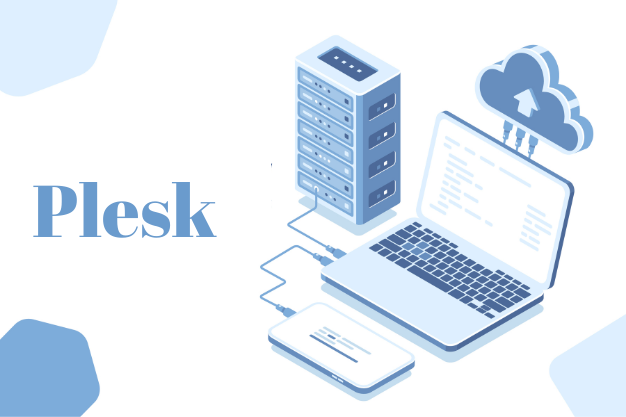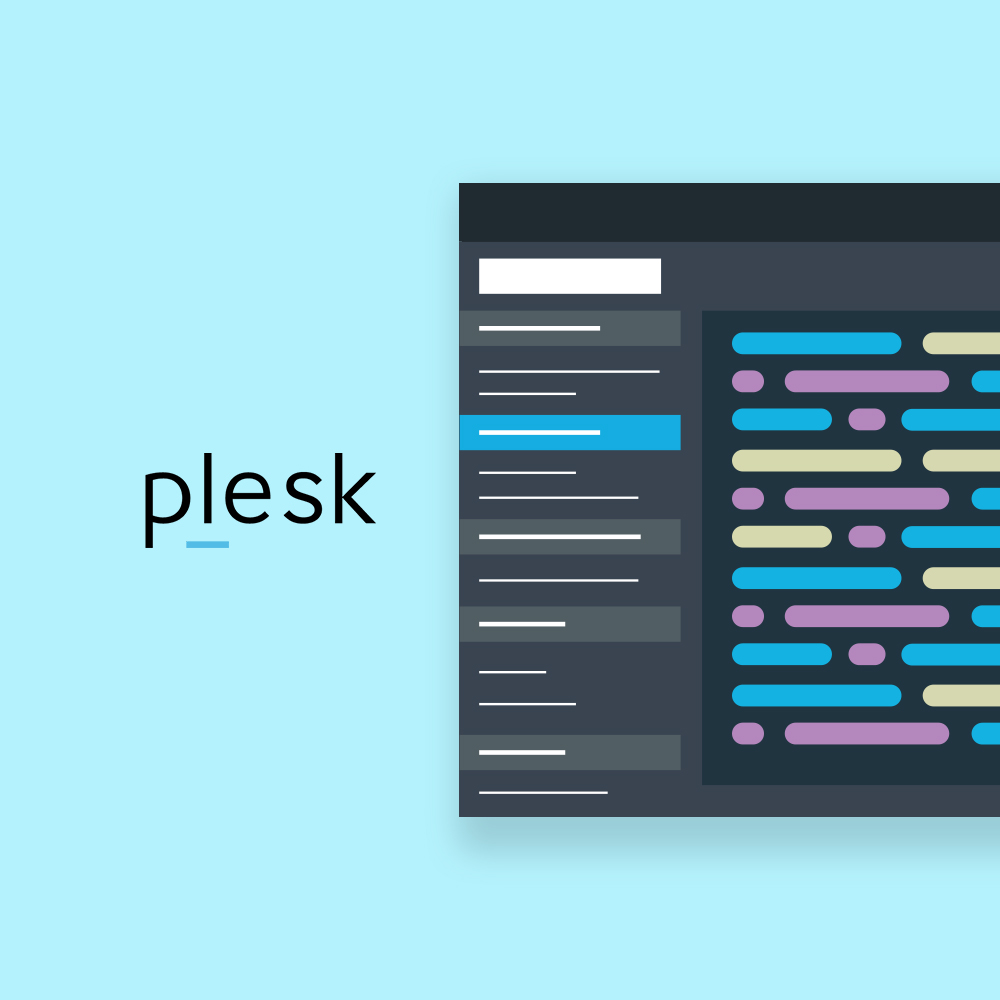Introduction:
- Security is paramount for web servers, and Plesk Panel offers various settings to enhance the security of your hosting environment.
- In this article, we will explore the security settings available in Plesk Panel and how to configure them effectively.
Accessing Security Settings:
- Log in to your Plesk Panel account using your credentials.
- Navigate to the “Security” tab in the main interface to access security settings.
Firewall Configuration:
- Plesk Panel provides a built-in firewall tool for managing incoming and outgoing traffic.
- Configure firewall rules to allow or block specific ports and protocols based on your security requirements.
Fail2Ban Integration:
- Fail2Ban is a robust intrusion prevention software integrated with Plesk Panel.
- Enable Fail2Ban to automatically ban IP addresses that exhibit suspicious behavior, such as multiple failed login attempts.
Security Advisories:
- Stay informed about security vulnerabilities and updates related to your server’s software.
- Plesk Panel provides security advisories to alert you about potential risks and necessary patches or updates.

SSL/TLS Configuration:
- Secure Socket Layer (SSL) and Transport Layer Security (TLS) are crucial for encrypting data transmitted between the server and clients.
- Configure SSL/TLS settings to enforce HTTPS connections and specify preferred protocols and cipher suites.
Hardening Recommendations:
- Plesk Panel offers hardening recommendations to improve the overall security posture of your server.
- Implement suggested security measures, such as disabling unnecessary services, using strong passwords, and keeping software up to date.
Backup Encryption:
- Encrypt backup files to protect sensitive data stored in backups.
- Enable backup encryption to ensure that backup files remain secure even if they are accessed by unauthorized users.
Regular Security Audits:
- Conduct regular security audits to identify and address potential vulnerabilities in your hosting environment.
- Utilize security scanning tools and review server logs to detect suspicious activities and unauthorized access attempts.
Conclusion:
- By configuring and maintaining robust security settings in Plesk Panel, you can safeguard your web server against various security threats and protect your data from unauthorized access or manipulation.
- Stay proactive in monitoring and updating security settings to mitigate risks and ensure the continued integrity and availability of your hosting environment.
Share this article


